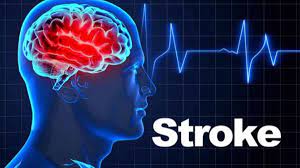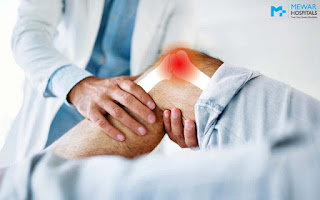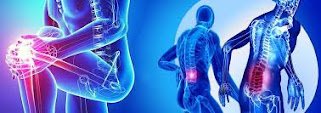What Is Stroke? Know About Different Things Related To Stroke
Symptoms of Stroke
A lot of symptoms are
there to observe in the case of a stroke. Some of them are common, while some
symptoms occur more in men and some in women. Let's have a look at some of the
common symptoms of stroke first.
* Dizziness
* Slurring speech
* Paralysis
* Confusion
* Problems in walking
* Loss of stability or
coordination
* Serious and sudden
headache with an unknown reason
* Vision issues, like
double vision, blackened or blurred vision.
* Lack of sensation or
weakness in the face, legs, and arms, particularly in a single part of the
body.
* Trouble in speaking or
understanding other's speech
* drooping on one side
of the face
* Muscle weakness
* Arm weakness on one
side of the body
* Uneven smile
Stroke Symptoms in
Women
* Seizures
* Pain
* Confusion
* Disorientation
* Hallucination
* General weakness
* Nausea or vomiting
* Lack of responsiveness
* fainting or losing
consciousness
* Shortness of breath or
troubles in breathing
* Unexpected changes in
behavior mainly enhanced agitation
Types of Stroke
Three different types of
stroke are there to see, namely ischemic stroke, hemorrhagic stroke, and
transient ischemic attack (TIA).
1. Ischemic Stroke
You can find its
involvement in more than 85% cases of the entire cases of stroke. In ischemic
stroke, a sudden loss of blood circulation to the brain side occurs. The
arteries which convey blood to the brain become narrowed or blocked in this
type of stroke. Thrombotic and embolic are said to be the most common types of
ischemic stroke.
2. Hemorrhagic Stroke
A hemorrhagic stroke
takes place when the blood vessel in the brain leaks or ruptures. One of the
most common causes of hemorrhagic stroke is an aneurysm.
Even hemorrhagic stroke
can be due to:
* Uncontrolled high
blood pressure
* Trauma, such as car
accidents
* Overtreatment with
blood thinners (anticoagulants).
Two different kinds of
hemorrhagic strokes are intracerebral hemorrhage and subarachnoid hemorrhage.
3. Transient Ischemic
Attack (TIA)
You can also identify it
as a mini-stroke in which a blockage occurs in the blood flow to the brain.
However, this activity takes place for some time, usually less than five
minutes. One of the causes of TIA stroke is blood clots. However, this kind of
stroke can resolve within one complete day. But it can be a warning sign of an
upcoming stroke. If TIA is diagnosed and treated on time, it will be helpful to
lower the possibility of a major stroke.
Treatment of Stroke
A neurosurgeon will be
the person who will assist in conditions like stroke. In the earlier time, the
treatment of stroke was supposed to be inoperable. But now, with the help of
technological growth, treatment options are available.
1. Ischemic Stroke
In case of ischemic
stroke, the surgeon attempts to eliminate the obstruction and restore the flow
of blood to the brain with a rapid approach. An IV injection of recombinant
plasminogen activator (tPA) is used for the treatment of ischemic stroke. It
helps to restore the blood flow by dissolving the blood clot. Another treatment
of stroke includes endovascular rescue therapy. This procedure comes in charge
with people having an acute ischemic stroke. Some other treatment options
include angioplasty, endarterectomy, and stents.
2. Hemorrhagic Stroke
Regarding hemorrhagic
stroke, several treatment options are available. If the bleeding is small
supportive care will be required. For example, IV fluids, rest, speech,
occupational, or physical therapy, and management of other medical problems.
If the stroke is
serious, there will be a need to perform surgery to repair the ruptured blood
vessel and discontinue the bleeding. Apart from this surgery, there can be a
usage of surgical clipping in which the surgeon puts a tiny clamp at the base
of the aneurysm to terminate the blood flow to it. Consequently, the aneurysm
is protected from bursting with the help of that tiny clamp. Some other
procedures used in the treatment of hemorrhagic stroke include coiling
(endovascular embolization), stereotactic radiosurgery, or surgical AVM
removal.
3. TIA
When the surgeon
identifies the cause of this stroke, the treatment option will focus on
correcting the abnormality and avoiding a stroke. According to the condition,
there can be a usage of some medications like anti-platelet drugs or
anticoagulants. In some cases, there can be a need to perform surgery or
angioplasty.




Comments
Post a Comment